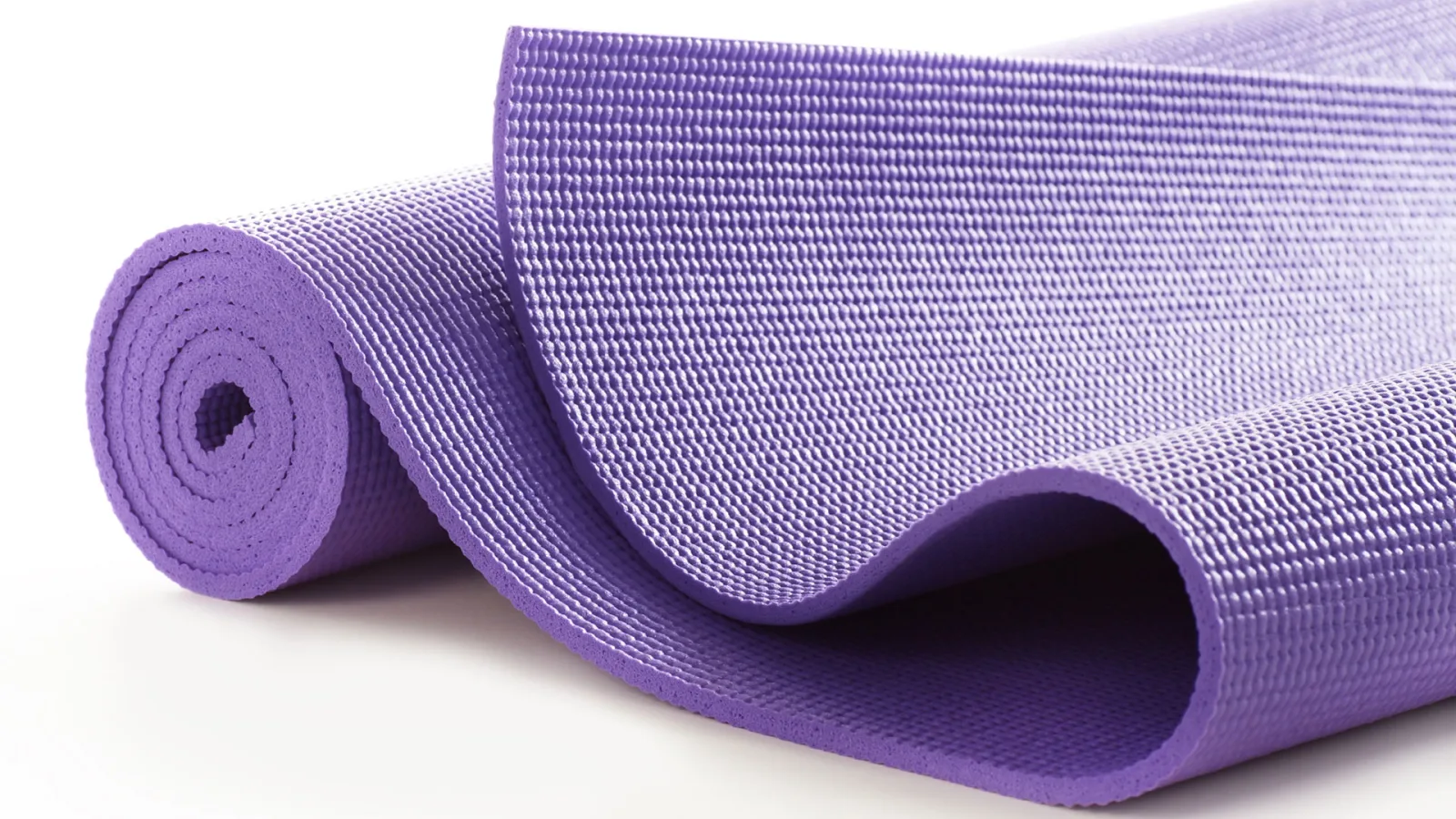
Yoga for the People
At a 2010 graduation ceremony, students of the Niroga Institute’s teacher-training programs talked about how grateful they were for the opportunity to deepen their practice, the hurdles they overcame along the way, and how much they learned about themselves through yoga—the usual good stuff of concentrated study. But then they spoke about the people they wanted to teach, and the ceremony veered from the script: torture survivors, traumatized students, mental-health clinicians working in prisons, senior citizens, pregnant teens, and domestic violence survivors topped the list. These were no yoganistas.
The Niroga Institute teacher-trainees want to teach yoga to torture survivors, traumatized students, mental-health clinicians working in prisons, senior citizens, pregnant teens, and domestic violence survivors.
Many of the newly minted teachers were Integral Health Fellows, part of a Niroga teacher-training program for people of color. In exchange for the fellowship (most of which are fully subsidized), students commit to 100 hours of community service following graduation. From Niroga’s inception in 2005, its focus has been on getting therapeutic practice to as many people as possible—not just to those who can afford it. “This is supposed to be a universal practice,” says Niroga’s charismatic founder, Bidyut “B.K.” Bose, with a chuckle. “It’s not just for young, white, wealthy female pretzels.”
Bose, who learned about yoga and the Bhagavad Gita at a young age, had been working in Silicon Valley for years when he started looking at the effects of stress on chronic illnesses, emotion regulation, attention control—and, by extension, dropout rates, substance abuse, binge eating, juvenile violence and recidivism, and innumerable forms of interpersonal conflict. He knew that yoga was an effective treatment for stress. “What would happen,” he wondered, “if most people in a community could regulate themselves most of the time?” He started Niroga to find out.
The Institute conducts free classes across the Bay Area for schoolkids, people fighting cancer and drug addiction, incarcerated and at-risk youth—including a whopping 27 weekly classes at Alameda County Juvenile Justice Center—and senior citizens. (Even straight-up studio classes are, at $10, designed to be accessible.) Self-realization and selfless service, says Bose, have a complementary relationship: “I serve more effectively if I develop my self-realization, and my self-realization increases if I serve more selflessly.” Hatha yoga, he maintains, is just one part of yoga.
But the issue of homogeneity among teachers and practitioners remained—an “elitism” that, as Bose saw it, limited yoga’s accessibility. The Integral Health Fellowship was started four years ago to “empower communities with their own leaders,” and graduates are now fanning out across the region. Bose sees Niroga’s mission as not just a karmic one but one that has the potential to effect a massive societal shift. “If we can manage chronic stress, we could make a significant social change, a major system change.” John Adams, one of the program’s 2010 graduates, may have put it best: “To the community I say, ‘Look out, we’re coming.’”
Amy Karafin is the co-author of the India and South India.